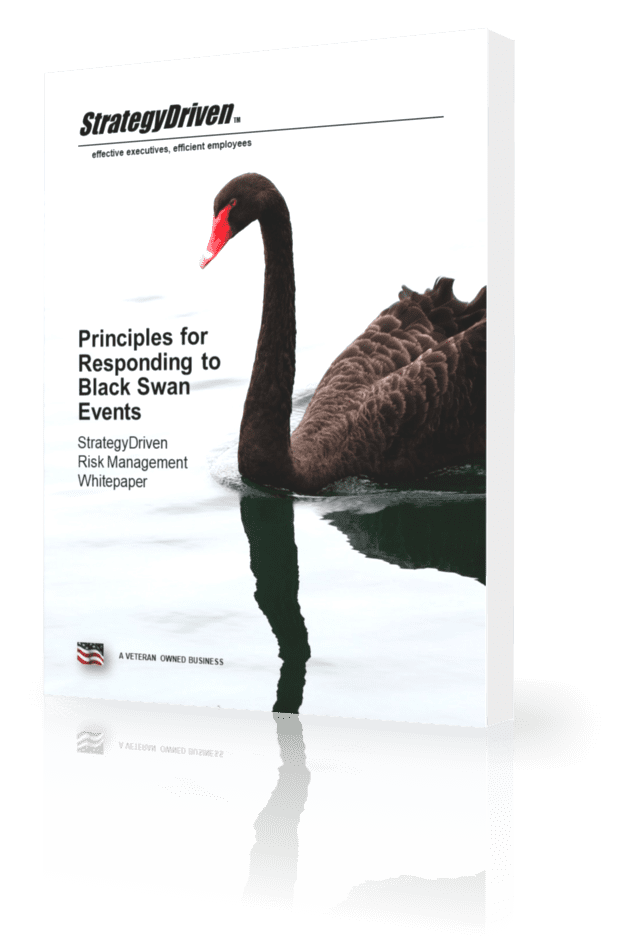A New Era in Cloud-Based Solutions for Regulated Labeling and Device Compliance

Introduction to Cloud-Based Solutions in Regulated Industries
Cloud technology revolutionizes regulated industries by providing innovative solutions for complex compliance requirements. In healthcare, manufacturing, and pharmaceutical sectors, cloud-based systems automate and streamline processes, reducing human error and enabling real-time updates. This shift towards agile and responsive business operations allows companies to meet regulatory obligations efficiently while focusing on core business objectives. Cloud-based solutions are revolutionizing regulated labeling and device compliance in the digital world. Among these advancements is hosted labeling, which offers a modern, efficient approach to managing compliance requirements across various sectors. Cloud technology is revolutionizing businesses’ labeling processes, ensuring strict adherence to regulations and a streamlined system. This transformation redefines operational efficiency and compliance assurance in the healthcare, automotive, and pharmaceutical sectors. Cloud-based solutions provide real-time updates, seamless integration, and agility, setting new standards for organizational compliance.
Core Benefits of Cloud-Based Labeling
Adopting cloud-based labeling brings many benefits, revolutionizing how businesses manage compliance. The cost-effectiveness and efficiency of cloud solutions must be balanced. Firms experience considerable savings by minimizing the need for extensive IT infrastructure and reducing downtime attributed to system maintenance. With scalability at their fingertips, companies can adjust operations in response to changing requirements without significant expenses. Moreover, real-time updates ensure that the latest regulatory changes are quickly integrated into business processes, diminishing the risk of non-compliance. The potential to lower human error is a game changer, especially in complex labeling environments where precision is paramount. By automating routine tasks, cloud solutions free up human resources for more strategic initiatives, thus boosting productivity and innovation.
Industry Applications and Case Studies
Several industries have successfully embraced cloud-based solutions for their labeling and compliance needs. In healthcare, electronic labeling has improved the accuracy and traceability of medical devices, significantly enhancing patient safety. Similarly, the food and beverage industry benefits from cloud-based labeling to ensure compliance with international food safety standards, fostering consumer trust and confidence. Case studies from leading manufacturers exhibit that businesses implementing these solutions report higher levels of efficiency, reduced errors, and substantial improvements in compliance management. Companies across these sectors report increased productivity, improved data accuracy, and insurance of maximum adherence to regulatory requirements, setting standards in their respective fields.
Overcoming Challenges in Cloud Adoption
Despite the advantages, cloud adoption brings challenges like data security and integration issues. Companies must be vigilant in addressing these concerns to protect sensitive information and ensure seamless integration with existing systems. Employing best practices, such as incorporating multi-factor authentication and encryption technologies, can safeguard data and enhance security measures. Strategies borrowed from early adopters can help mitigate these risks, ensuring a secure transition to cloud-based solutions. Addressing data security concerns is key to successful cloud migration. Establishing strong cybersecurity protocols, conducting regular audits, and investing in staff training is crucial to maintaining a safe and effective cloud environment.
Future Trends in Regulatory Compliance
Looking ahead, several emerging trends are set to influence regulatory compliance landscapes. The Internet of Things (IoT) and artificial intelligence (AI) are leading the way and have the potential to streamline compliance procedures further. By enabling more sophisticated data analysis and automated decision-making, these technologies can provide enhanced insights into compliance management. As regulations evolve globally, businesses must remain agile to incorporate these innovations and avoid compliance challenges. The integration of predictive analytics and blockchain for tamper-proof records and audit trails are other anticipated developments, potentially offering new levels of transparency and efficiency in regulatory compliance.
Technology Integration for Enhanced Compliance
Technology integration is essential for optimizing the benefits of cloud-based compliance systems. Companies can foster a more connected, efficient compliance network by synergizing cloud solutions with advanced technologies. Predictive analytics using AI, for instance, can proactively spot possible compliance problems before they become serious. This comprehensive approach not only boosts compliance but also enhances overall operational efficacy. The combination of real-time data analytics, improved data interoperability, and more intelligent information systems presents significant opportunities for companies to maximize operational efficiency while minimizing compliance risks, supporting a culture of proactive regulatory adherence.
Strategies for Successful Implementation
A well-thought-out implementation strategy is crucial for organizations considering a shift to cloud-based compliance systems. Begin with a thorough assessment of existing processes and identify areas that will benefit most from digital transformation. Developing a roadmap outlines each deployment stage, including pilot testing to resolve potential issues early on. Continual training and support are vital to ensure that staff can effectively utilize new systems. Maintaining an adaptive approach to regulatory changes will keep businesses compliant and efficient in the face of future challenges. Regular reviews and iterations ensure systems remain aligned with evolving standards and business goals, safeguarding investments and reinforcing competitive positions in rapidly changing markets.













Leave a Reply
Want to join the discussion?Feel free to contribute!